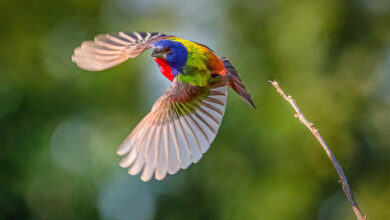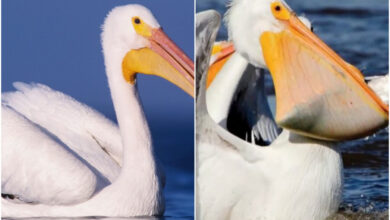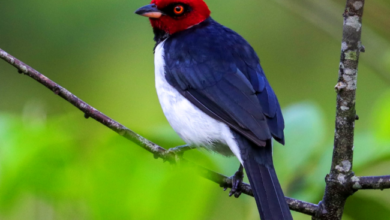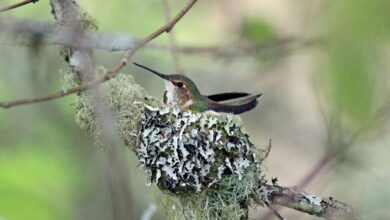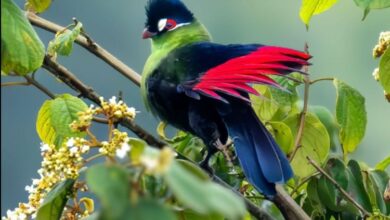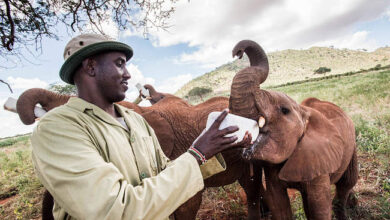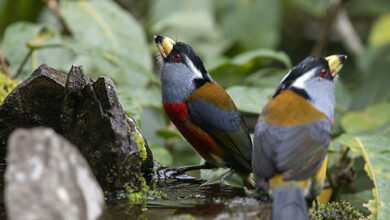A beautiful looking bird with soft red plumage and very eye-catching. White cheeks create a unique and attractive trait for bird lovers.
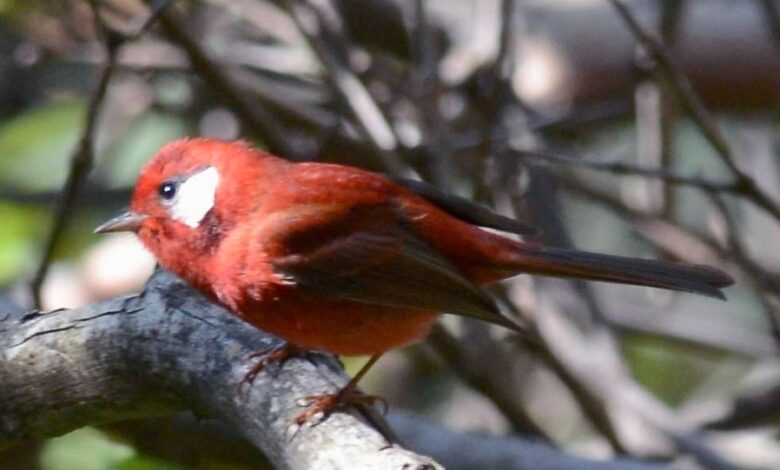
A bright red little bird that is unmistakable not only for its color but also for its hyperactive state!
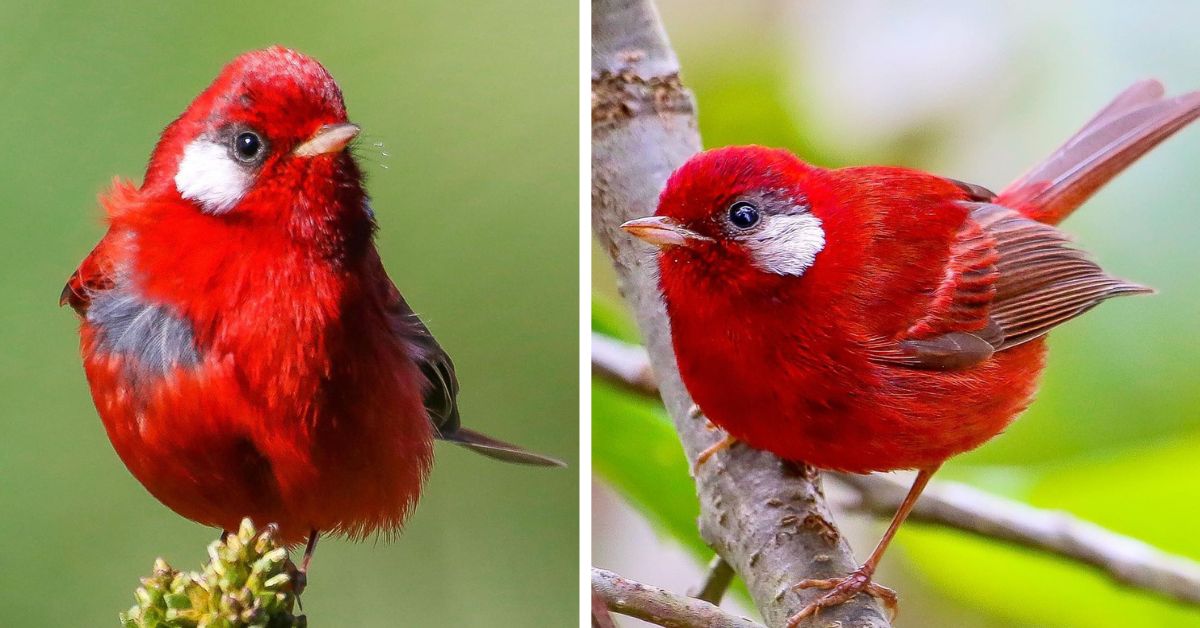
THE RED WARBLER
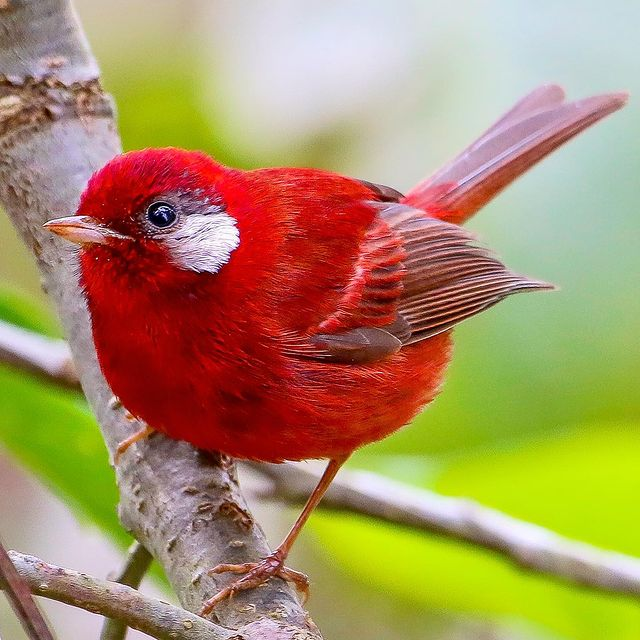
The red warbler (Cardellina rubra) is a small passerine measuring 12.5-13.5 cm (4.9-5.3 in.) in length, weighing between 7.6 and 8.7 g (0.27 to 0.31 oz). Adult birds are overall red, with a white or dark gray ear patch (depending on subspecies) on each side of the head. Wings and tail are slightly darker, dark red and edged with pinkish red. The legs are dull reddish-brown and the beak is pinkish-grey with a dark tip. The iris is dark brown to blackish.
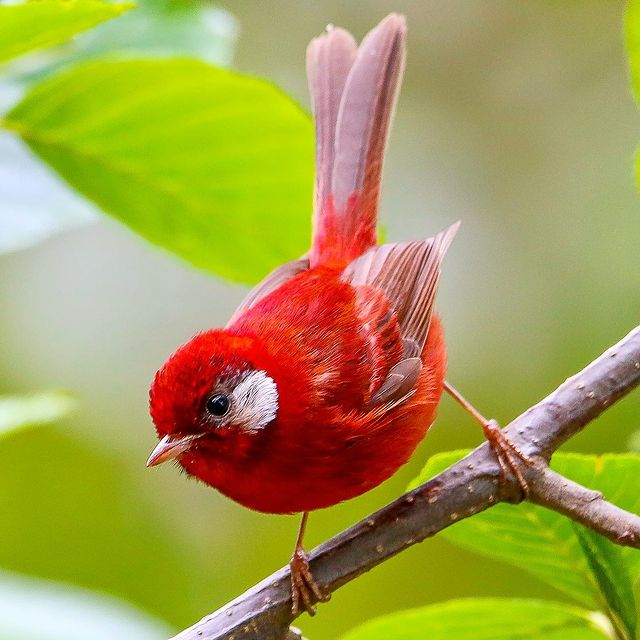
Plumage varies little between sexes, although females tend to be slightly duller or more orange-tinged.
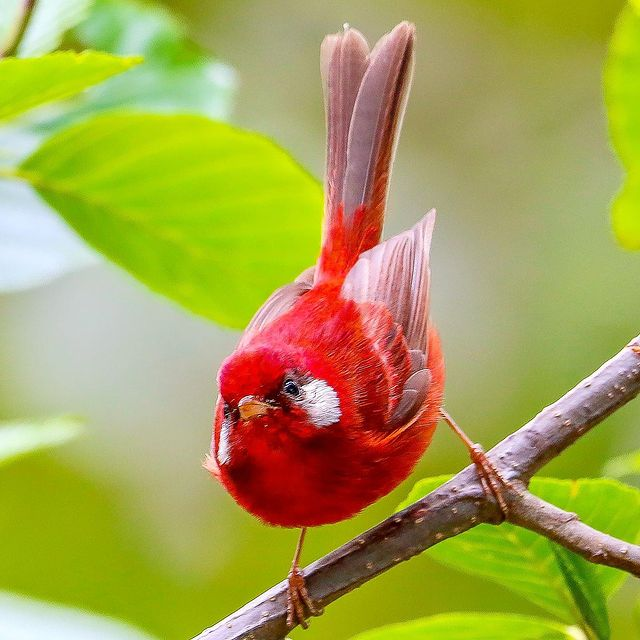
Adult pairs separate and moult completely from August onwards, after the breeding season.
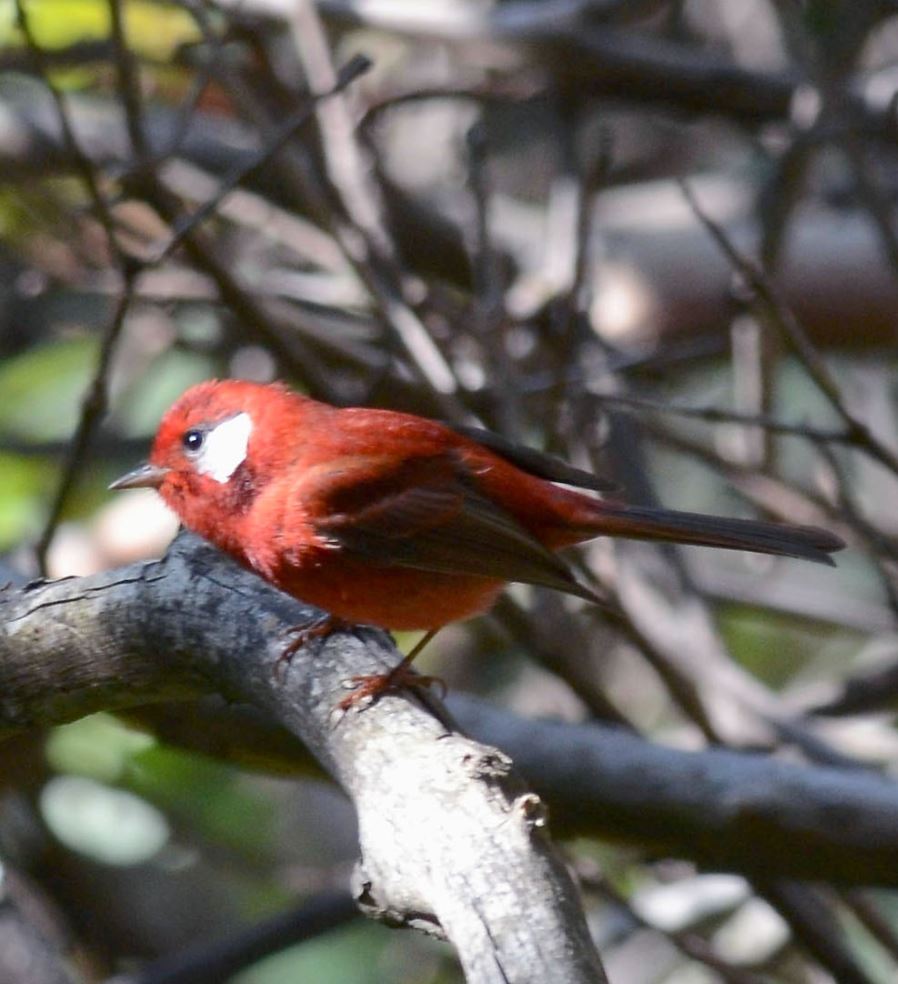
This species is endemic to Mexico, from southern Chihuahua to southern Hidalgo.
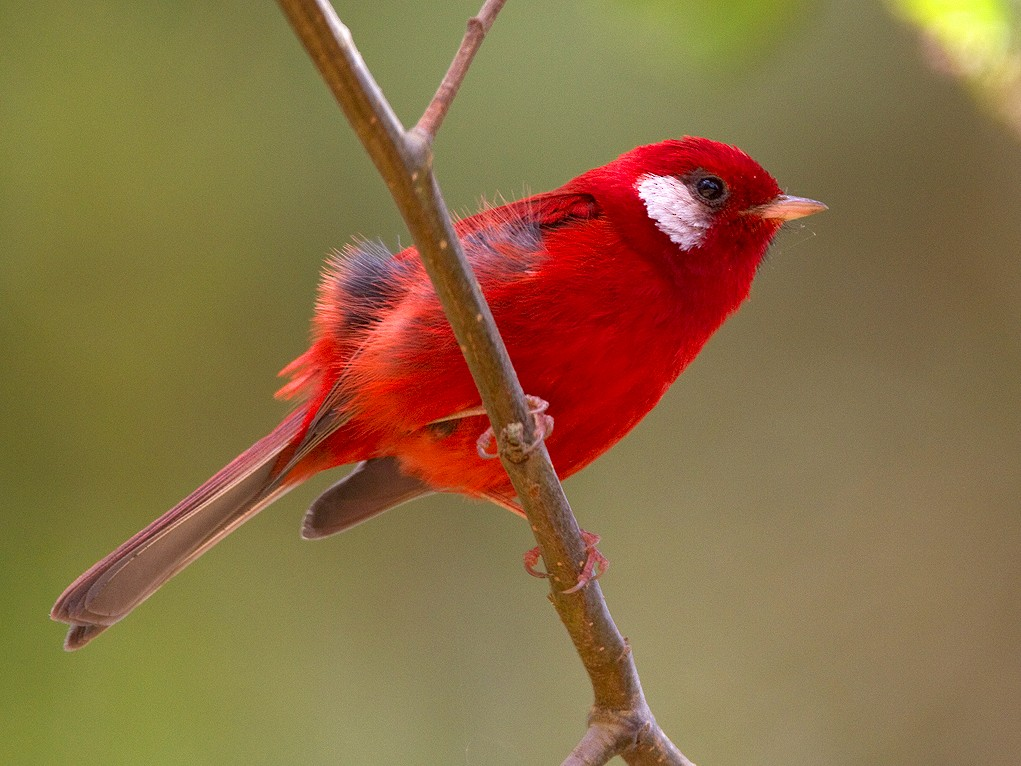
The red warbler prefers to live in high-altitude forests of pine, pine and oak, fir and, to a lesser extent, moist and semi-humid oak. They can be found at altitudes of 2,000 to 3,500 m.
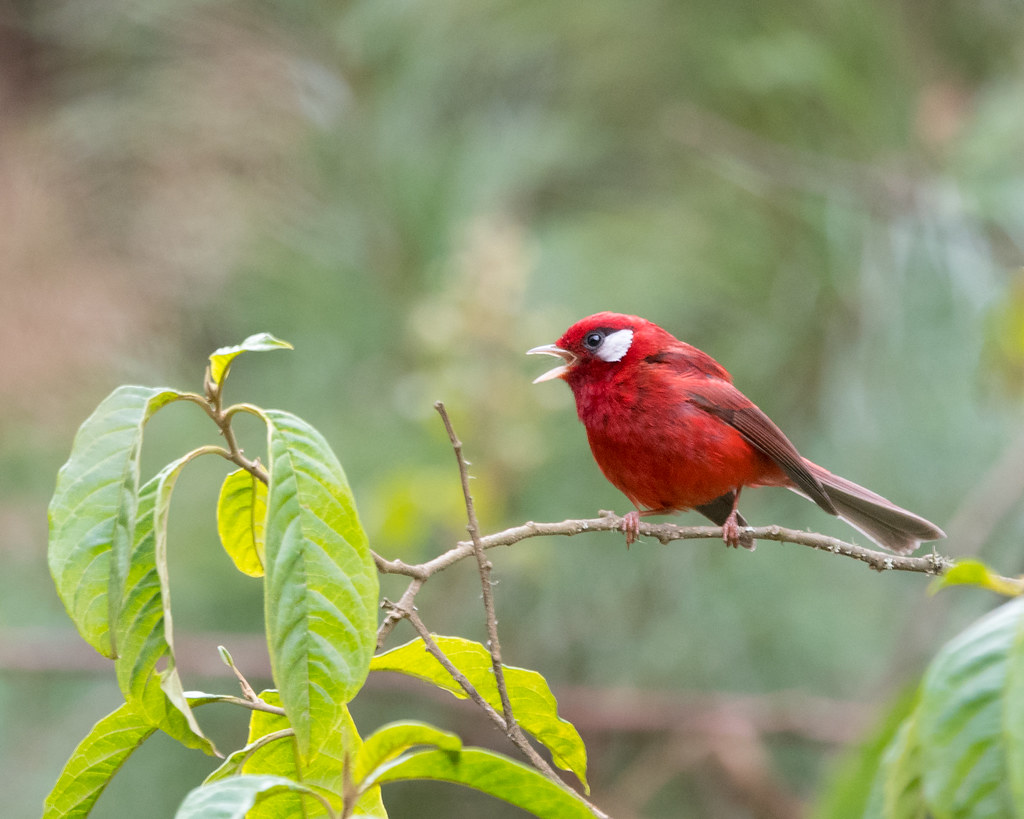
Red-faced Warblers prefer to feed in trees with dense foliage, particularly conifers, where they glean a variety of insects, especially caterpillars, from the outer branches. This species also hovers like a flycatcher to catch insects.
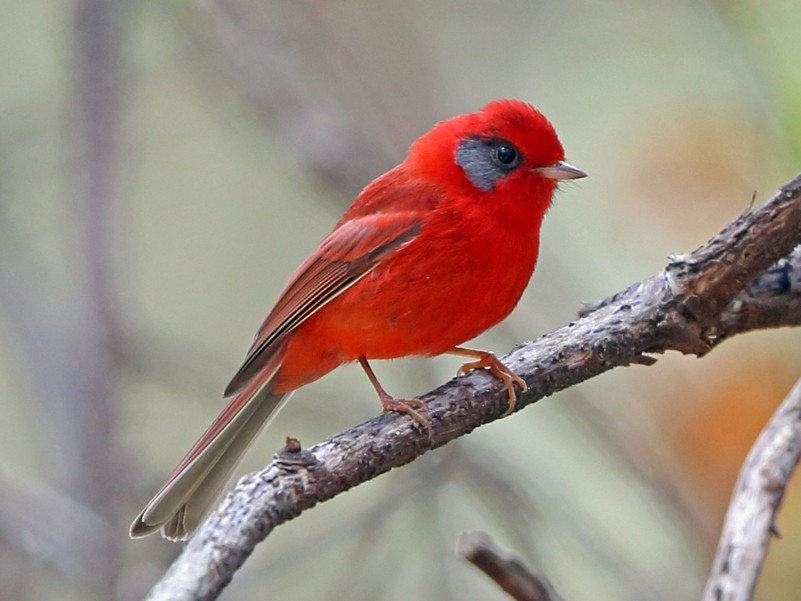
The Red-faced Warbler builds its cup-shaped nest in a hollow in the ground. The nesting site is often on an open slope or at the base of a woody plant. Sometimes, the nest site features an overhang provided by a stem, log or plant rock, helping to conceal and protect the nest. The nest is built by the female from bark, leaves or pine needles, lined with grass or animal hair. Only the female incubates the eggs for 16 days, but both parents feed the chicks when they hatch. The chicks fledge after 10 to 11 days.
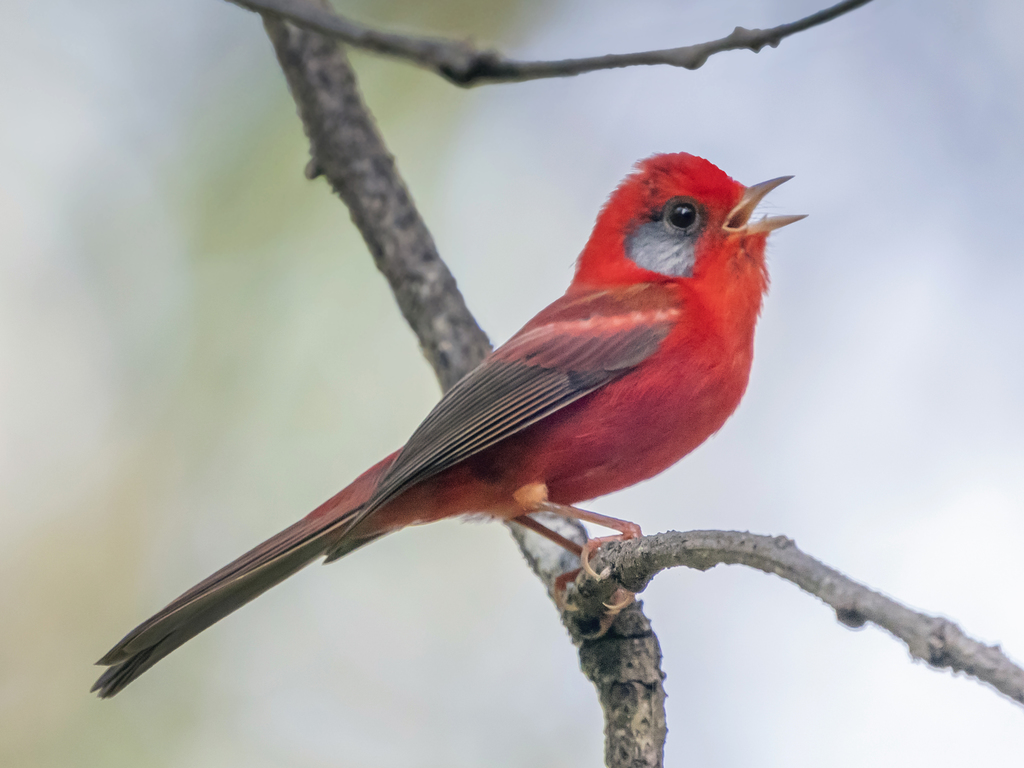
This species is considered to be of Least Concern on the IUCN Red List, with a wide breeding range and a global population estimated at between 50,000 and 500,000 individuals. It is suspected that the population is in decline due to ongoing habitat destruction.
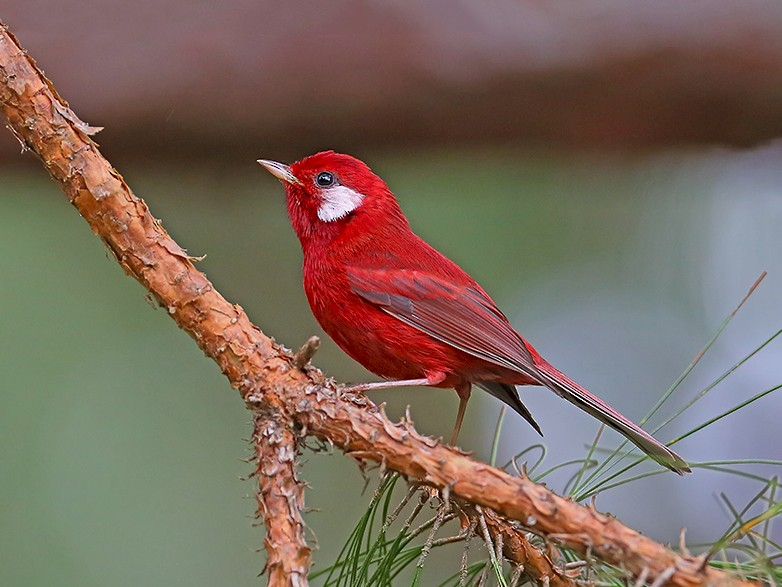
WATCH AND LISTEN TO THIS BIRD RIGHT HERE IN THE VIDEO BELOW:
